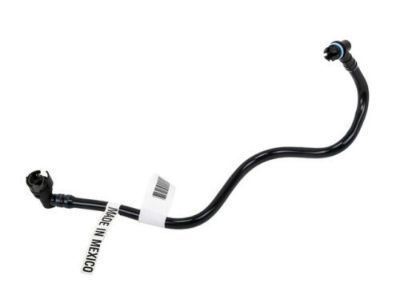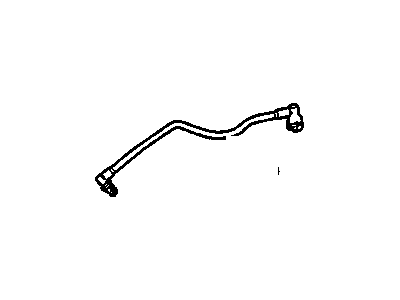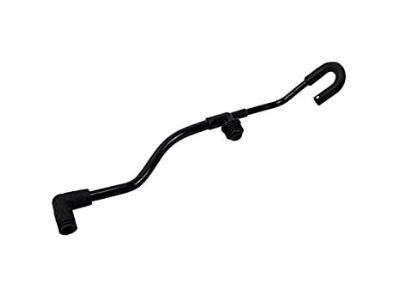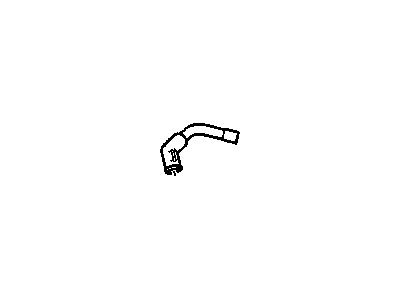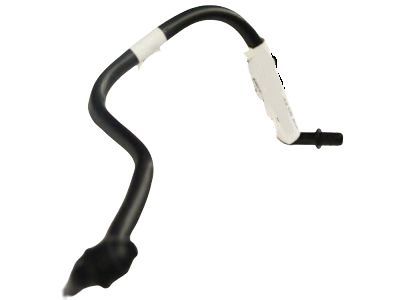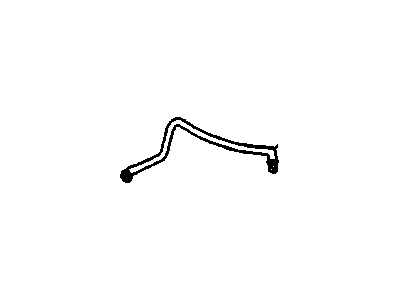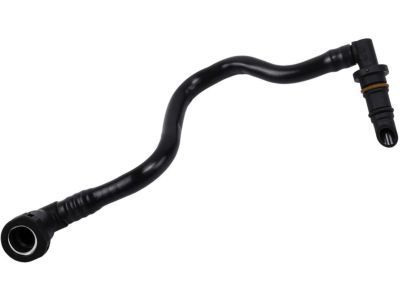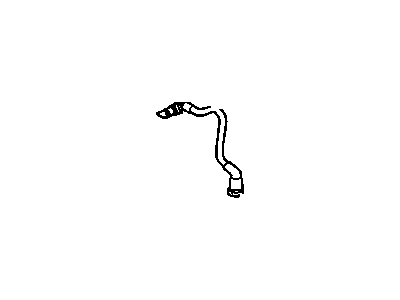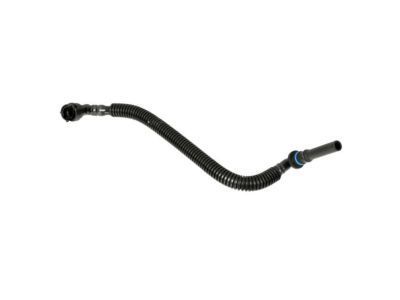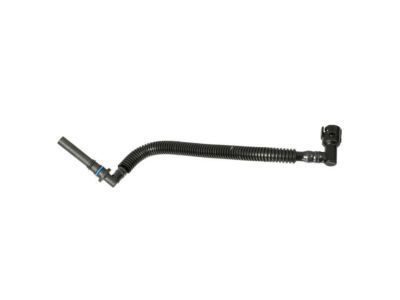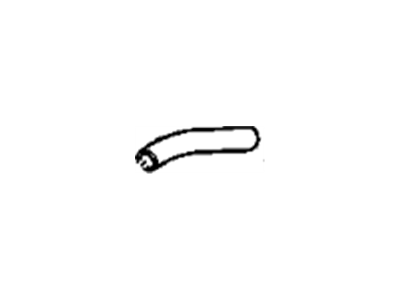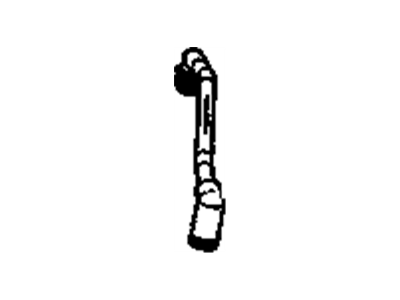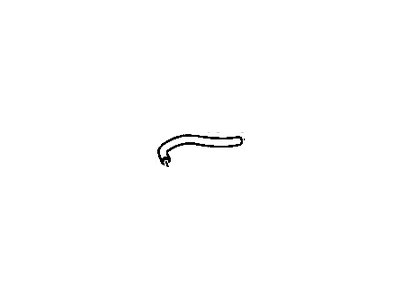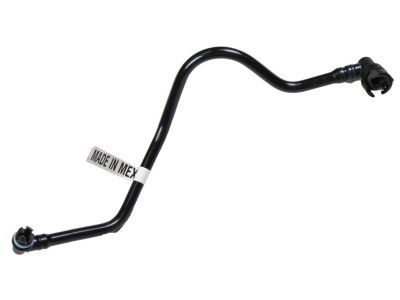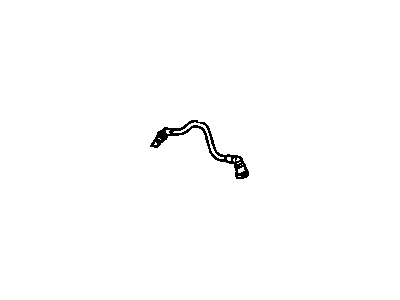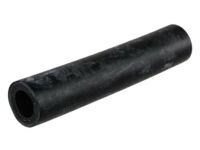
My Garage
My Account
Cart
Genuine Pontiac G6 PCV Valve Hose
Positive Crankcase Ventilation Valve Hose- Select Vehicle by Model
- Select Vehicle by VIN
Select Vehicle by Model
orMake
Model
Year
Select Vehicle by VIN
For the most accurate results, select vehicle by your VIN (Vehicle Identification Number).
9 PCV Valve Hoses found
Pontiac G6 Tube Assembly, Pcv (Fresh Air)
Part Number: 12613199$10.29 MSRP: $19.42You Save: $9.13 (48%)Ships in 1-2 Business DaysPontiac G6 Tube Assembly, Pcv
Part Number: 12581194$9.52 MSRP: $15.18You Save: $5.66 (38%)Ships in 1-2 Business DaysPontiac G6 Tube Assembly, Pcv
Part Number: 12590670$12.00 MSRP: $21.82You Save: $9.82 (45%)Ships in 1-2 Business DaysPontiac G6 Tube,Pcv
Part Number: 12616914$10.75 MSRP: $19.54You Save: $8.79 (45%)Ships in 1-3 Business DaysPontiac G6 Hose, Pcv
Part Number: 12643296$4.44 MSRP: $8.38You Save: $3.94 (48%)Ships in 1-2 Business DaysPontiac G6 Tube Assembly, Pcv
Part Number: 12601804$7.66 MSRP: $12.69You Save: $5.03 (40%)Ships in 1-2 Business DaysPontiac G6 Hose, Pcv
Part Number: 12617908$20.11 MSRP: $37.94You Save: $17.83 (47%)Ships in 1-2 Business Days
Pontiac G6 PCV Valve Hose
Each OEM Pontiac G6 PCV Valve Hose we offer is competitively priced and comes with the assurance of the manufacturer's warranty for the part. Furthermore, we guarantee the speedy delivery of your orders right to your doorstep. Our hassle-free return policy is also in place for your peace of mind.
Pontiac G6 PCV Valve Hose Parts Questions & Experts Answers
- Q: How to Inspect and Maintain Hoses, Fuel Lines, and PCV Valve Hose on Pontiac G6?A:High temperatures under the hood can cause deterioration of rubber and plastic hoses used for engine, accessory, and emission systems operation, necessitating periodic inspection for cracks, loose clamps, material hardening, and leaks. Most hoses are secured with clamps, which should be checked for tension to prevent leaks; if clamps are absent, ensure the hose has not expanded or hardened at the fitting. To reduce hydrocarbon emissions, crankcase blow-by gas is vented through the PCV valve to the intake manifold via a rubber hose, which should be inspected for cracks and obstructions. Vacuum hoses, often color-coded, require attention to wall thickness and material when replacing, and should be completely removed for effective inspection, including any plastic T-fittings. A small piece of vacuum hose can be used to detect leaks by listening for hissing sounds. Fuel lines, usually under pressure, should be checked for deterioration, especially at bends and fittings, and only hoses designed for the specific fuel injection system should be used for replacements. Spring-type clamps on fuel lines may lose tension and should be replaced with screw clamps, while metal lines must be inspected for bends or cracks, and any replacements should use seamless steel tubing. Additionally, metal brake lines should be checked for cracks and loose fittings, with any brake fluid leakage requiring immediate inspection of the brake system.
